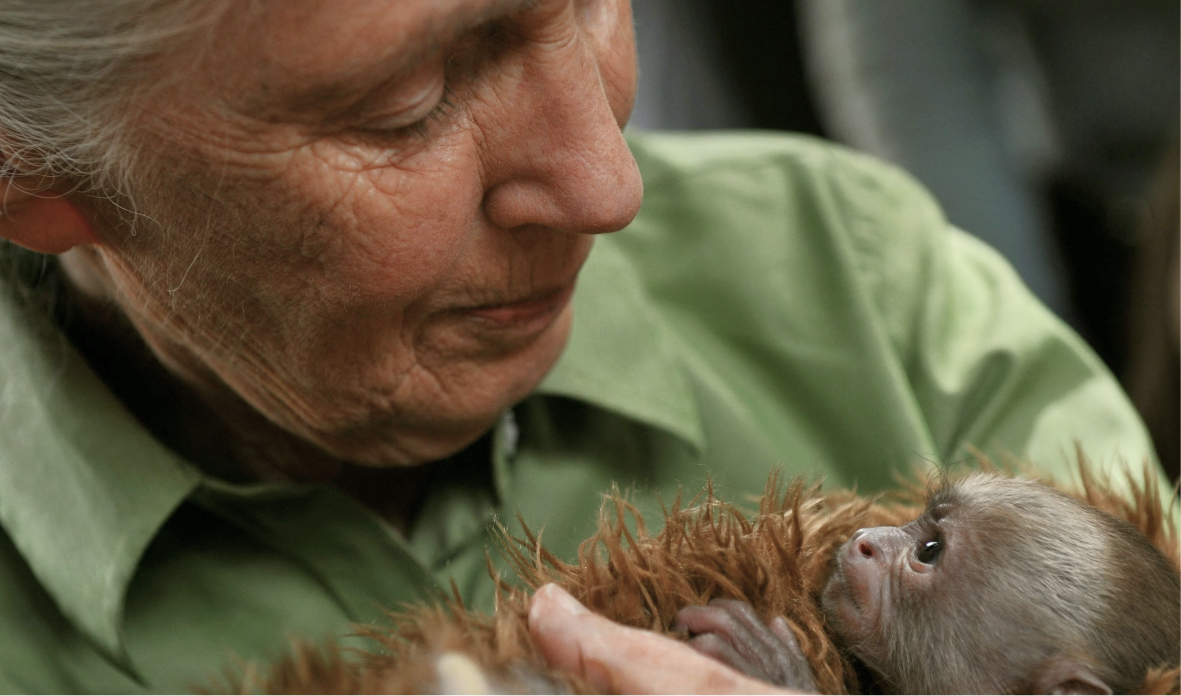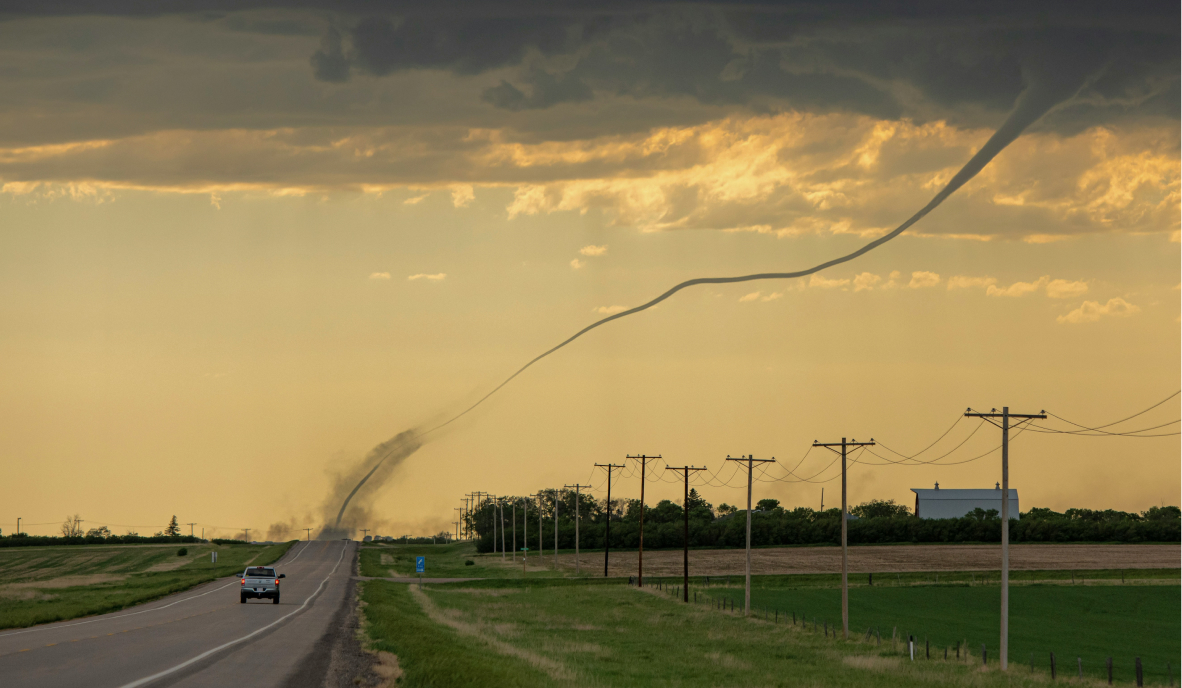Bidet vs.Toilet Paper: Which Is More Sustainable?

Join the community





Let's talk about toilet paper. Did you know its origins trace back to ancient Rome? Back then, people used sponges on sticks to clean up. Fast forward to today, and we've got the modern toilet paper we can't live without.
Here in North America, we reach for it without a second thought. It's easy to use and toss away, and we can find it in any store. But this convenience comes at a cost we rarely consider.
Toilet paper and deforestation
Toilet paper and deforestation have a direct connection. Manufacturers primarily use virgin wood pulp from cut trees to make toilet paper. Environmental impact consultancy Edge and sustainable toilet paper producer Who Gives A Crap have conducted research revealing that the global demand for toilet paper results in the cutting down of one million trees each day.
A 2019 report reveals that Canada's boreal forests supply most of the pulp for North American toilet paper production. These ancient forests house centuries-old conifers and birches, along with diverse wildlife, including caribou, wolves, loons, and wood frogs. These forests sequester 30 to 40 percent of the Earth's land-based carbon.
Clearly, this is not the most sustainable option. When you factor in the plastic packaging and shipping of rolls from manufacturers to stores to bathrooms, the environmental impact becomes even more concerning.
Bidets are often touted as a sustainable alternative to toilet paper. But how true is this claim?
{{cta-join2}}
Bidet vs toilet paper
If you haven't heard of it before, a bidet uses a stream of water for cleaning. It comes in various forms: bidet toilet seats, standalone bidets, and bidet attachments that you can add to existing toilets. Using a bidet can reduce your use of toilet paper.
A lifecycle assessment found that bidets have a lower environmental impact than toilet paper in categories such as climate, human health, resources, and ecosystems.
Of course, bidets consume more water than toilet paper during use, but paper-making is an incredibly water-intensive process. According to an estimate, manufacturers use 37 gallons of water to make a single roll of toilet paper.
Is using a bidet the most sustainable option?
The most sustainable option is using a bidet and drying off with a washcloth instead of toilet paper. But don't worry if that's not for you, we've got some other great options:
- If installing a bidet seems daunting, start with a portable bidet or make your own. Simply poke a small hole in a water bottle cap for a DIY solution.
- Try sustainable alternatives to toilet paper, such as recycled paper or bamboo-based products.
- If you plan to stick with regular toilet paper for now, buy it in bulk to reduce packaging waste.







.jpg)




